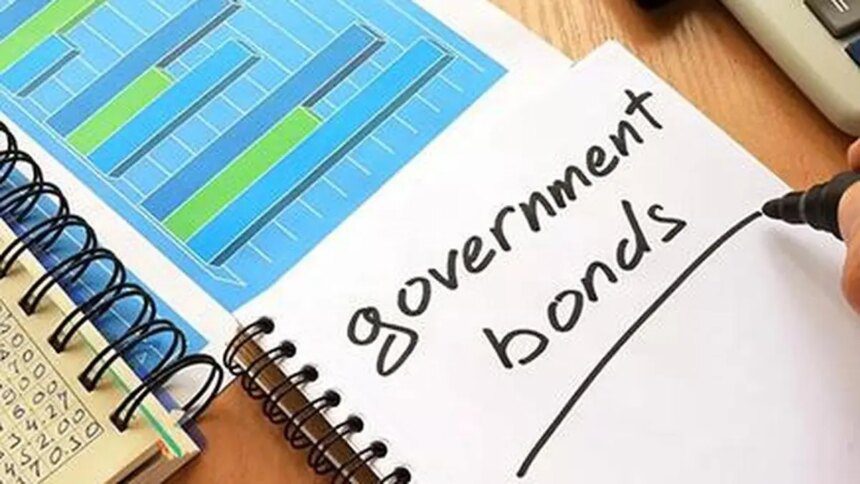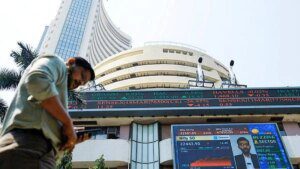A multitude of variables—including potential fiscal ramifications from the implementation of the 8th Pay Commission, stricter investment guidelines, and the Reserve Bank of India’s (RBI) increased inflation forecast for the first quarter of FY27—have contributed to a decrease in banks’ enthusiasm for purchasing Government Securities (G-Secs).
Consequently, G-Sec yields have risen, despite the cumulative 100 basis points reduction in the repo rate from February to June 2025 and an unprecedented retail inflation rate of just 0.3 percent in October 2025.
The cautious stance of bank treasuries regarding their G-Sec investments is highlighted by their trading behavior and the RBI’s cancellation of a G-Sec auction on October 31. On November 20, 2025, banks net sold G-Secs valued at ₹50 crore, compared to net purchases amounting to ₹6,716 crore on June 6, 2025, according to data from CCIL.
The RBI canceled the auction for a G-Sec (6.28 percent GS 2032), through which the government sought to raise ₹11,000 crore, due to market players’ demands for higher yields, wanting to purchase the bond at prices lower than what was available in the secondary market.
The yield on the benchmark 10-year G-Sec has increased by 24 basis points since its initial issuance in early May 2025, currently sitting at 6.57 percent. In parallel, the yield on the previous 10-year benchmark (6.79 percent GS 2034) surged from 6.29 percent on June 6, 2025, to 6.58 percent on November 21, 2025.
Arvind Kanagasabai, Head of Treasury at Tamilnad Mercantile Bank, stated that banks have fully passed on the 100 basis points repo rate cut to external benchmark-based floating-rate loans, which constitute more than 60 percent of their total outstanding loans. However, the repricing of term deposits is lagging, putting pressure on net interest margins. “Why would banks purchase a G-Sec yielding only 6.50 percent when their cost of funds, including prior high-cost deposits, is higher? Thus, banks currently lack an incentive to invest in G-Secs,” he explained.
Kanagasabai also noted that the implementation of the 8th Pay Commission recommendations starting January 1, 2026, regarding salary and pension revisions for central government employees, could necessitate additional government borrowing exceeding ₹2 lakh crore, further impacting G-Sec yields.
Additionally, with an anticipated inflation rate between 4.4 and 4.5 percent for the following year, Kanagasabai suggested it is improbable the RBI will lower rates in December 2025. The RBI has forecasted retail inflation for Q1 FY27 at 4.5 percent, surpassing the Monetary Policy Committee’s lower tolerance level of 4 percent.
V. Rama Chandra Reddy, Head of Treasury at Karur Vysya Bank, indicated that recent modifications to investment guidelines have limited banks’ ability to shift securities out of their held-to-maturity (HTM) portfolio, in contrast to previous frameworks which offered greater flexibility. Current regulations cap sales from the HTM book at 5 percent, thus restricting portfolio rebalancing and opportunities for realizing profits.
Simultaneously, trading book positions are subject to daily mark-to-market valuation, complicating aggressive duration strategies amidst an uncertain rate outlook. “The spread between overnight rates and the 10-year G-Sec typically widens as the rate easing cycle approaches its nadir and compresses once it turns. Presently, lack of strong directional triggers, diminished investor demand, and significant supply from state governments have caused this spread to widen,” Reddy stated.
Venkatakrishnan Srinivasan, Founder and Managing Partner at Rockfort Fincap LLP, remarked that despite record-low inflation and a substantial 50-basis-point rate cut in June (resulting in a total cut of 100 basis points in the repo rate and Cash Reserve Ratio), the long end of the yield curve is influenced by broader forces. “The RBI’s shift to a neutral policy stance has dampened expectations for immediate follow-up cuts, making them data-dependent. Meanwhile, the government continues to issue a steady supply of 10-year bonds and various states are heavily engaged in borrowing through state government securities auctions,” he noted.
Srinivasan emphasized that this supply pressure coincides with a weaker rupee, net selling by foreign portfolio investors over recent months, and rising global yields—including multi-year highs for Japanese yields, all of which are unfavorable for Indian duration. He stated, “Given global risk-off sentiments and geopolitical concerns, the market is demanding a higher term premium, which is why the 10-year yield has increased even as the repo rate has fallen, significantly widening the spread.”
Before the June 2025 policy changes, the 10-year yield was approximately 6.25 percent when the repo rate was at 6.00 percent, leading to a 25-basis-point spread. Following the policy’s 50-basis-point cut, the repo rate decreased to 5.50 percent, yet the 10-year yield remained stubbornly near 6.57 percent, resulting in a widened spread of about 104 basis points. In essence, the market has added approximately 80 basis points to the term premium compared to pre-policy levels.










